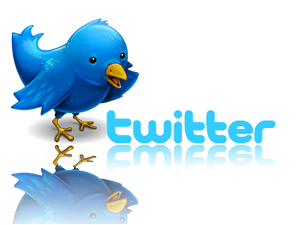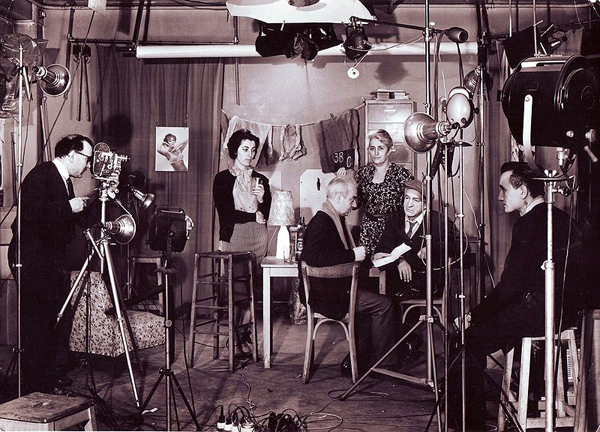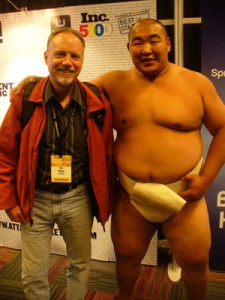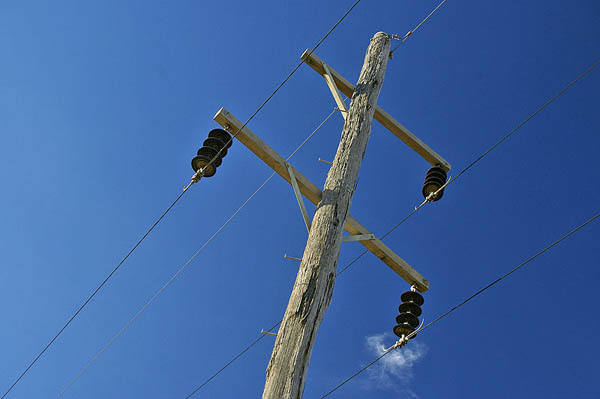Why Your Tradeshow Marketing Strategy Deserves Loving Care

The tradeshow exhibit is at least 6 – 8 months away – have you considered your tradeshow marketing strategy? You’d better get started – that’s not that much time!
“Huh? Over half a year and I have to rush things?” you say…
No, I didn’t say RUSH things…I mean you have better get your stuff together because those six months are going to go by pretty quickly. And the last 2 months will go by like an Indy Racer if you haven’t spent the first four months working on it.
Face it: when people visit your tradeshow booth, they expect to see the BEST that your company has to offer. If you’re a manufacturer, your prep time may mean several meetings and coordination with your manufacturing division to make sure you’re showing off the BEST of your BEST.
Why would you want to go to a tradeshow and put anything but the BEST of the BEST you have to offer on display? This is the one time a year that those visitors get a chance to see your goods and services. They’re comparing YOUR BEST with the BEST of several other companies – perhaps dozens of other companies.
So plan to put on your best.
This means your best graphics. Your best exhibit. Your best product. Your best people. Your best lead-capturing system.
When you put your best out there, you’re competing on the same level as the rest of the exhibitors – your competitors. Face it, most of them (but not all) are putting on THEIR best face at the exhibit. So you’d better be putting on YOUR best, too.
The challenge, though, is that we’re all just humans. We all have crazy schedules and incessant demands. And given those demands, when push comes to shove putting on your BEST is often extremely difficult to do. That’s why it takes more effort than you really think it will.
So that gets you back to idea of starting NOW and not waiting another few months on your tradeshow marketing strategy. If you start now and determine WHAT you’ll need to do to put on your best, HOW you’re going to do it, and WHO is going to help you to make sure it’s going to get done, the odds increase that you’ll actually make it happen by the time the show rolls around.
And that gets back to the idea of loving care: if you approach the planning of your next tradeshow with loving care, you’ll cover all the bases you need to cover to ensure that you are putting on your best.
Start now. Give your tradeshow marketing strategy some good old-fashioned love.
Grab our free report “7 Questions You’ll Never Ask Your Exhibit House” – click here!







